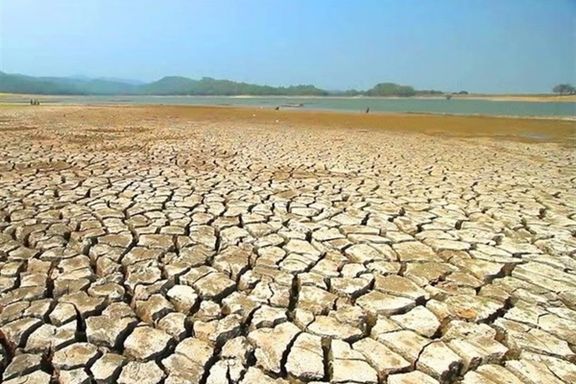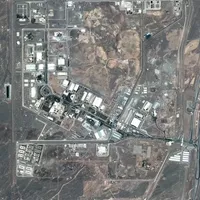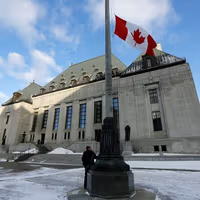According to the Hengaw Human Rights Organization, several reporters and local media managers were summoned or threatened by security agents after publishing reports on the water crisis, which has left some neighborhoods without running water for more than 72 hours.
Security officials allegedly warned journalists against “spreading public anxiety” and forced some to sign written pledges not to cover the issue.
The pressure campaign comes as Iran faces one of its worst droughts in decades, with reservoirs across the country running dangerously low.
Iran’s worsening drought has pushed water reserves in several provinces — including Tehran, Mashhad, Kerman, and Yazd — to the brink of collapse, according to officials cited by domestic media.
Tehran’s Latian and Karaj dams have fallen to historic lows, with the latter holding less than 10 percent of its capacity. The capital now depends heavily on underground aquifers already under strain and at risk of subsidence.
The religious city of Mashhad has entered full rationing, while officials in Kerman describe collapsing aquifers and abandoned farmland.
Nationwide, rainfall has dropped to 18 percent of normal levels, leaving 20 provinces without measurable precipitation over the past two months.
Water specialists warn that if the trend continues, up to half of Tehran’s population could face severe supply disruptions within five to ten years.












